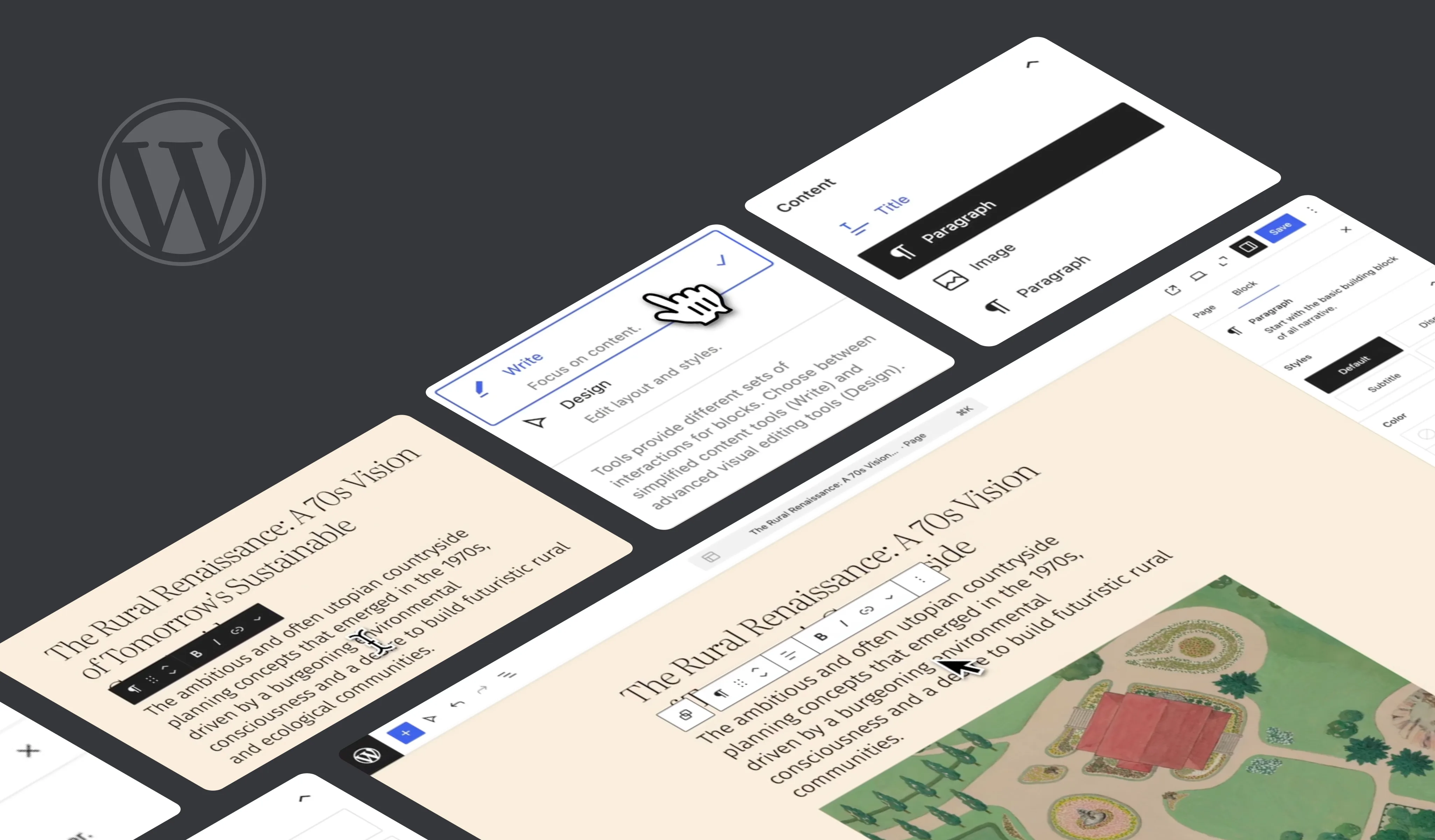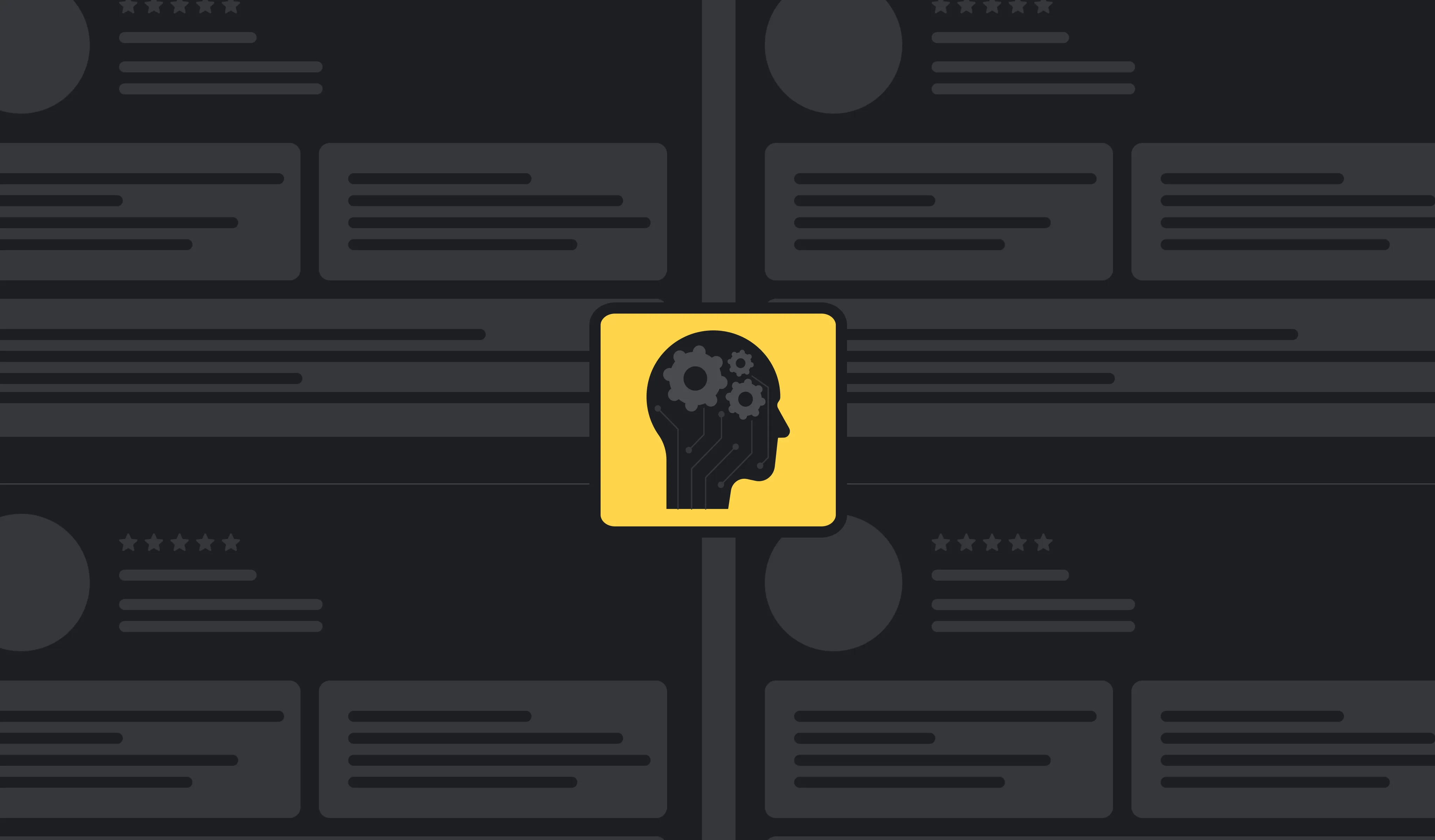The decision to build or buy Content Management System (CMS) technology has both short-term and long-term implications for your business. Choosing well improves the likelihood of reaching your web objectives in a timely and cost-effective manner. Making the wrong choice will hurt your pocketbook and delay your schedules.
Before you make the build-or-buy decision, you must understand what the options are and what they entail. This post first explains the options. Then we discuss the resource implications for each option. Namely, people resources, time resources, and money resources
What are the options?
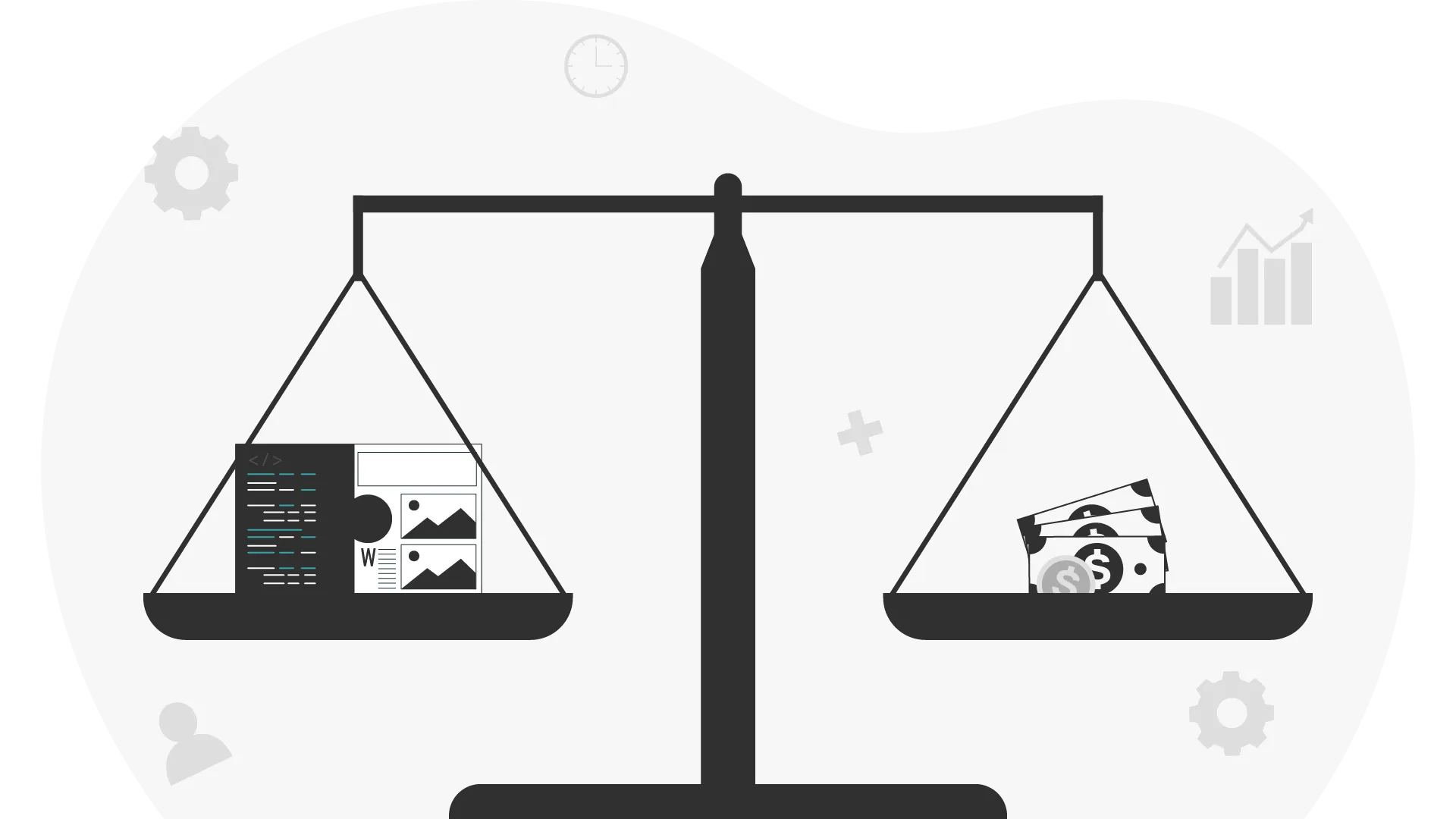
To some, building your own CMS means that you are developing your CMS platform… from scratch, using a web framework like Laravel or Angular. Most people, however, prefer to leverage and build on top of work others have done. For example, best-of-breed open-source software such as Drupal and WordPress. Keep in mind that the process of building a CMS does not end when your new website first goes live. You must plan for the ongoing maintenance & support work for the lifetime of the website.
Buying CMS technology means that you are buying products and services from a third-party vendor. The product can be a proprietary or open-source CMS platform. With an open-source CMS, such as Drupal, the vendor will customize the generic software based on your specific requirements. The vendor will also provide the necessary pre- and post-deployment services —training, documentation, maintenance and support.
We believe that making the right build-or-buy decision hinges on optimizing your people, time, and money resources.
Also Read
Website Redesign and Replatform StrategyPeople resources
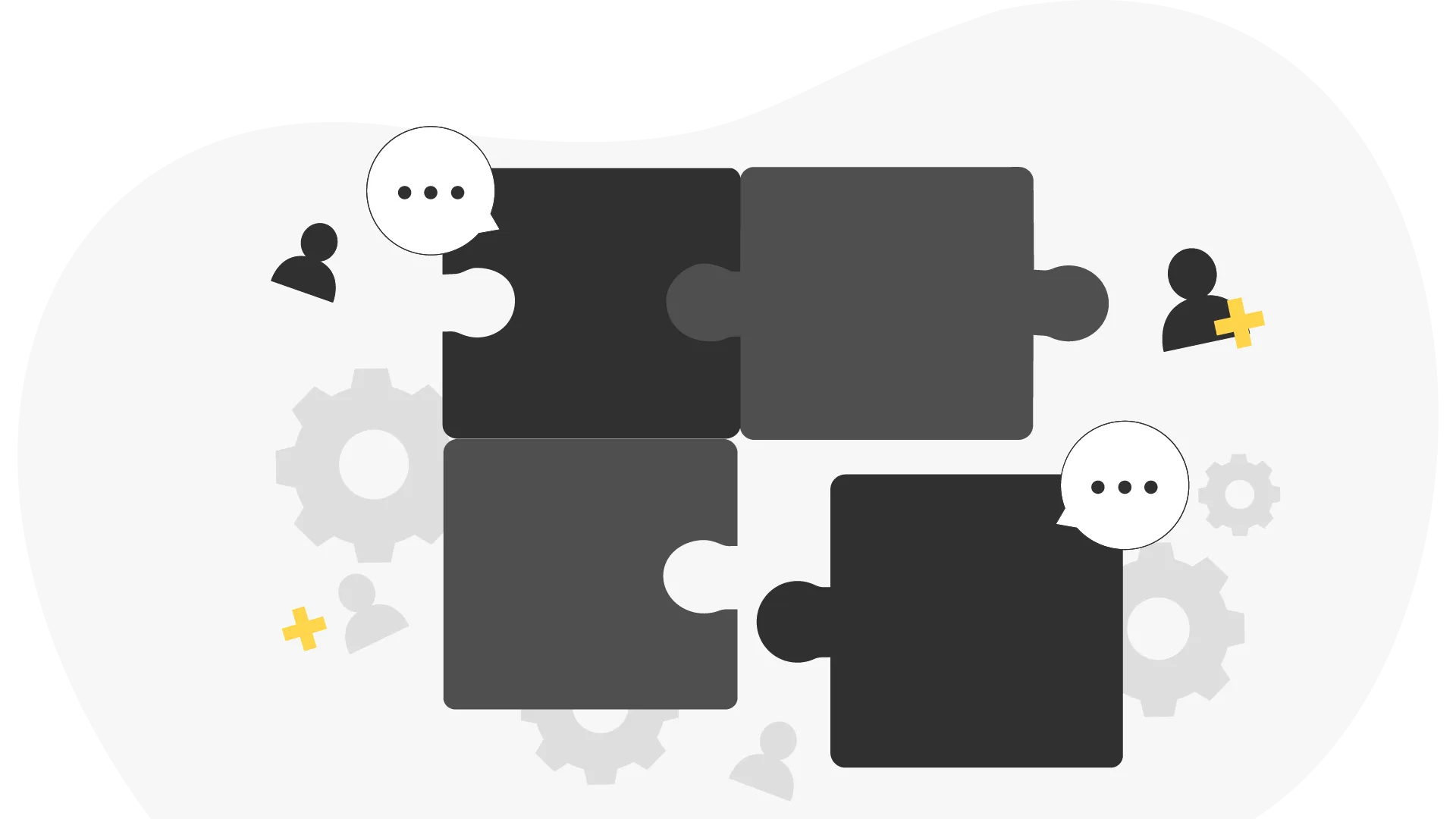
Developing an enterprise website requires an interdisciplinary team. You need project managers, programmers and testers, data architects, user experience(UX) designers, technical writers, trainers, SEO experts, marketing strategists, subject matter experts…
Not only does the project team need a well diversified skill set, but the team must also keep up with the breakneck pace of innovation in web technologies. Failure to keep up-to-date will drive up the staff turnover rate as career-minded, often the best employees, join another company in order to remain at the leading edge. Staff turnover poses a serious risk of having to rewrite existing working code because the code has become unmaintainable without the original author.
If you are building your own CMS, you are responsible for staffing—and training—the project team. This HR commitment will span the lifetime of your new website. Long-term effects abound.
Given the relative difficulty of staffing and training an in-house development team, some companies still opt for building, instead of buying, CMS technology. Why? Below are some possible reasons:
- Strategic advantage
They believe that their websites are strategic assets which give them a competitive advantage. Often, their CMS requirements call for delivering novel capabilities that are not offered by solutions built for the general market.By not outsourcing, companies build up internal staff capabilities, and exercise maximum control over the development of intellectual properties.
- No vendor lock-in
Buying CMS technology leads to a long-term relationship with the vendor. Some companies may see this as a risk for vendor lock-in.
Time resources

No company can stay competitive in today's business environment by constantly reinventing the wheel. Developing a CMS platform from scratch will take longer than customizing an existing proven solution. And there is no guarantee that, upon completion, a CMS built from the ground up is going to work better than—or at par with—a semi-custom solution.
Unless building your own CMS from scratch gives you a sizable competitive advantage, leveraging existing proven software is a better option. Reason: a shorter time to value.
If you decide to go with a pre-packaged CMS platform, be mindful of the extra time required to identify and bridge the functionality gaps out of the box to reach the desired final solution. You can either do the gap-bridging customization work in-house or outsource it to a third-party vendor.
It is not a given that outsourcing will always save you time. The key to efficiency is to use only those vendors that had successfully delivered a similar solution in your industry before. As part of the vendor evaluation, you need to determine if and how much you are able to reuse their existing working solution. By not having to start from the ground up, you will save time overall.
A vendor's prior industry experience will also reduce your project ramp-up time because they are already familiar with the basic inner workings of your industry. The vendor’s best practices and lessons learned from past projects will increase efficiency for your project. A definite benefit for your time schedules.
Money resources
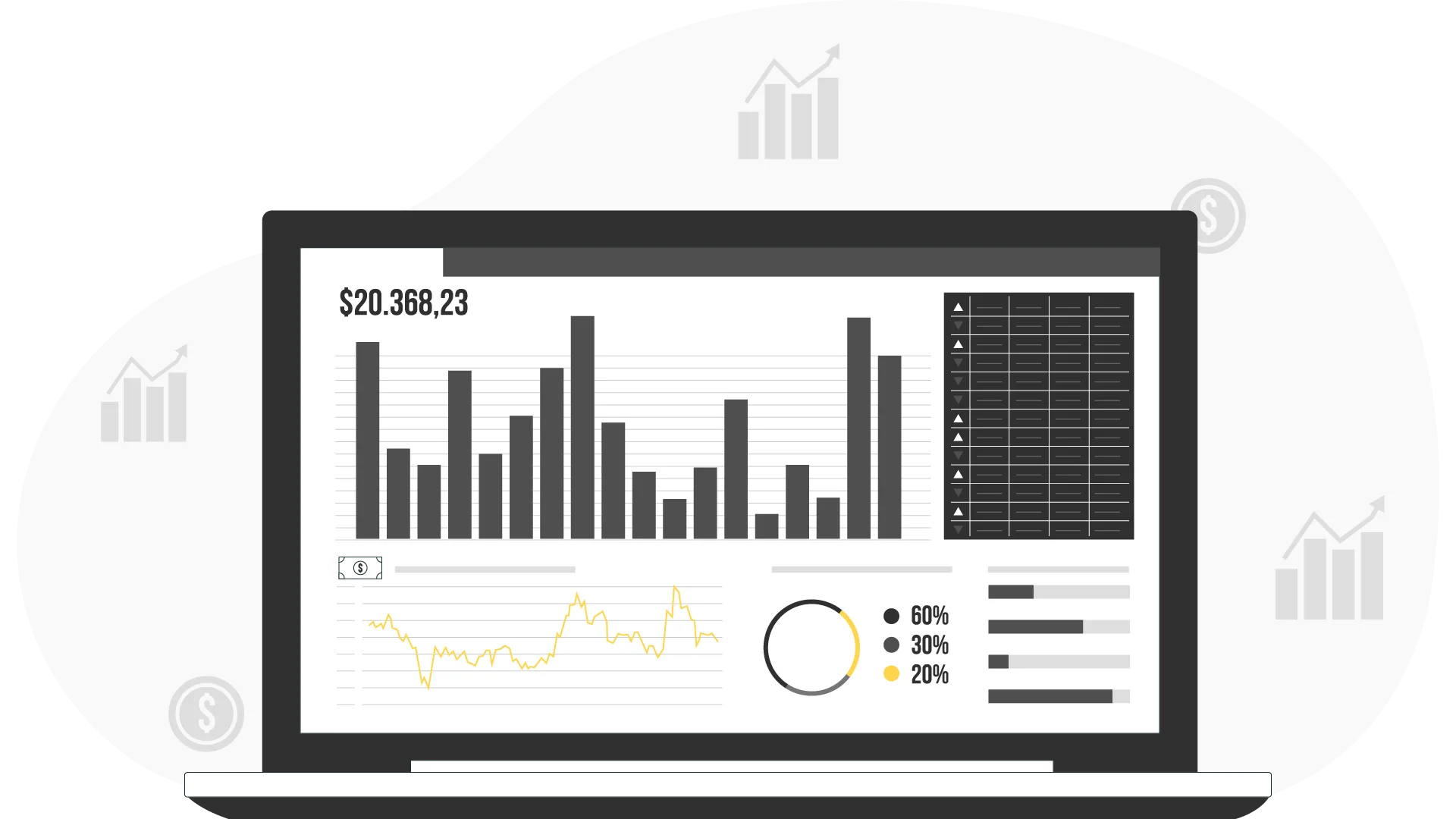
To build or to buy? You must compare the total cost of ownership for each option—not just the initial cost of developing the software. Additional costs to factor in include software & hardware, training & documentation, hosting, and support costs. If you decide to build your own CMS using your in-house IT group, you must factor in the cost of staffing and training your staff, and of establishing and maintaining your enterprise hardware infrastructure.
The total cost of ownership is typically lower if you are buying CMS technology instead of building your own. The reason is that the vendor selling you the technology can spread its costs and make up its profits over multiple client accounts. If you are building your own, you alone bear the entire cost.
Be mindful that buying the technology typically incurs a higher upfront cost than building it in-house. Depending on your unique business situation, that may or may not be important to you.
High cost overruns are not atypical for technology projects. Whereas buying technology is generally a fixed cost, building technology in-house often introduces a level of cost unpredictability. Having said that, cost overruns in the longer term can also happen when you buy. To ensure ongoing cost certainty over the lifetime of your website, the post-deployment support and maintenance agreement must show an equitable level of transparency regarding the vendor’s support process and rates.
Summary & conclusion
Some companies choose to build CMS technology in-house because they believe it gives them a convincing competitive advantage. Other companies view their CMS as being core but not strategic to the business, and lean towards buying the technology because of lower total cost of ownership and shorter time to value.
Five Jars is a full-service digital agency with extensive experience building innovative web applications across multiple industries. If you have questions or comments about whether to build or buy CMS technology, or which CMS to use for your web applications, please feel free to drop us a line.


